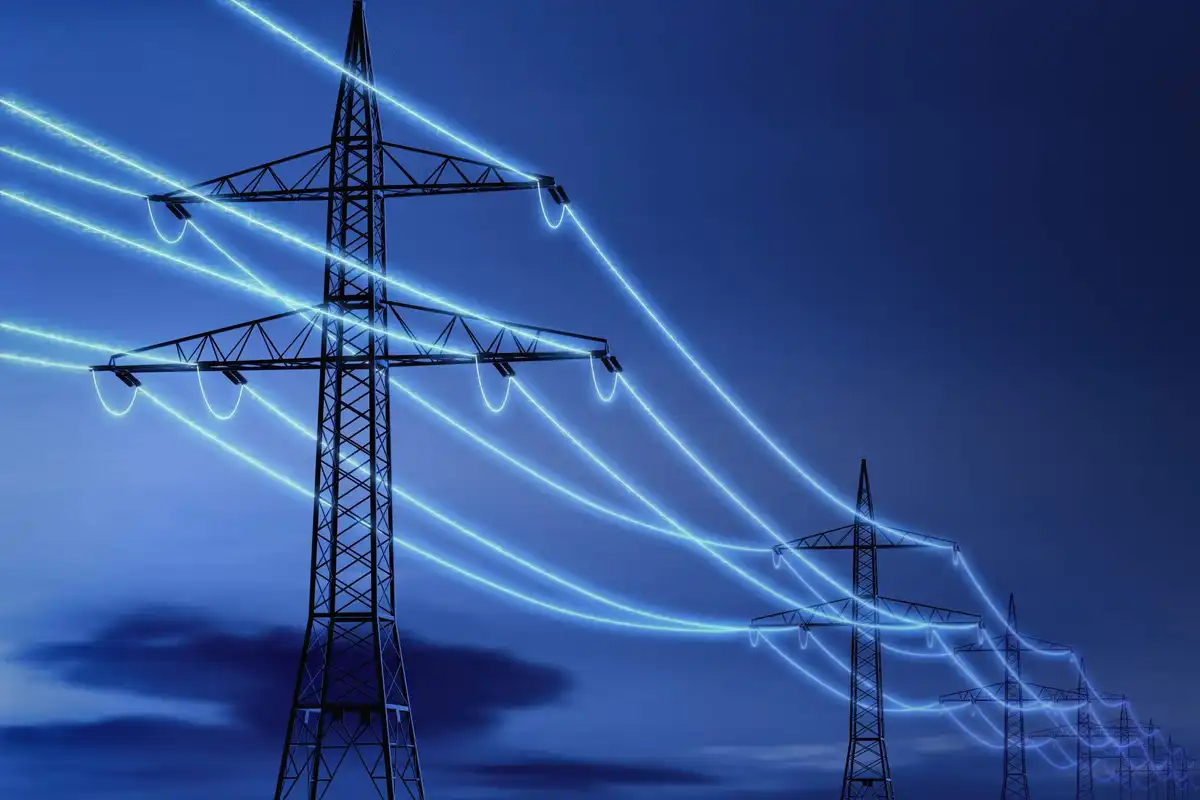How to prepare your business for severe weather, according to this Houston expert
guest column
Unprecedented severe weather events are becoming more frequent and intense. Proactive business planning is critical to navigating what Mother Nature has in store for us.
In Houston, severe weather can impact operations any time of year, not just hurricane season, so now is the time to incorporate any fresh lessons learned during Hurricane Beryl into your plans. Employers are responsible for safeguarding their employees and assets during these emergencies, which requires establishing an emergency action plan as a foundation of preparedness.
Develop an Emergency Action Plan
If your business does not have an emergency action plan (EAP), today is the perfect time to start it so you are prepared with a response strategy. This clearly written plan is a blueprint for how your business will react and protect employees when severe weather strikes. The more detailed the EAP, the better you and your employees will respond in a time of crisis. Within the EAP, it is important to outline specific protocols, designate key roles and responsibilities and establish communication channels for employees and clients. As power can be an issue during severe weather events, outlining various communication channels is helpful.
Identify Key Employees
During an emergency, you need to know who has the authority to make the decisions that impact your employees and your business. The designated person needs to assess the situation, determine whether employees should work remotely or shelter in place, and communicate these decisions clearly and quickly. This person is usually on the leadership team and can be trusted to make clear decisions, act promptly and communicate effectively to mitigate undue risks.
Implement Regular Emergency Training
Practice makes perfect. A plan on paper is the first step, but it must be practiced and drilled so everyone knows what to do, asks questions and makes any needed adjustments, all when the stakes are not as high. Familiarity with emergency procedures through periodic training and drills allows employees to practice evacuation routes, assembly points and safety protocols.Incorporating local emergency responders in safety drills familiarizes employees with the roles and responsibilities of each group. Through this emergency training, your teams will become confidently prepared to calmly respond to emergencies.
Provide a Swift and Orderly Response
Proactively thinking through and planning for location-specific emergency situations allows business owners to mitigate risks associated with severe weather events and quickly respond when a crisis strikes. When your business is prepared, there is less downtime and disruption to business operations, it protects physical assets, and most importantly, it prioritizes the safety and well-being of employees.
Houston experiences a wild mix of severe weather situations, which makes proactive business planning and preparedness even more critical. Prioritizing EAP development and implementation, designating responsible decision-makers, conducting regular training and drills, and ensuring clear communication channels sets the stage for a resilient organization in severe weather. Additionally, establishing a clear EAP helps foster a culture of safety and readiness that can significantly protect lives and livelihoods during times of crisis.
———
Ray Brock is a director of safety services with Insperity, a leading provider of human resources offering the most comprehensive suite of scalable HR solutions available in the marketplace.







 Air Liquide and Hyundai agreed to expand hydrogen refuelling networks, storage capacity and more at a meeting in Seoul last week. Photo courtesy Air Liquide.
Air Liquide and Hyundai agreed to expand hydrogen refuelling networks, storage capacity and more at a meeting in Seoul last week. Photo courtesy Air Liquide.
